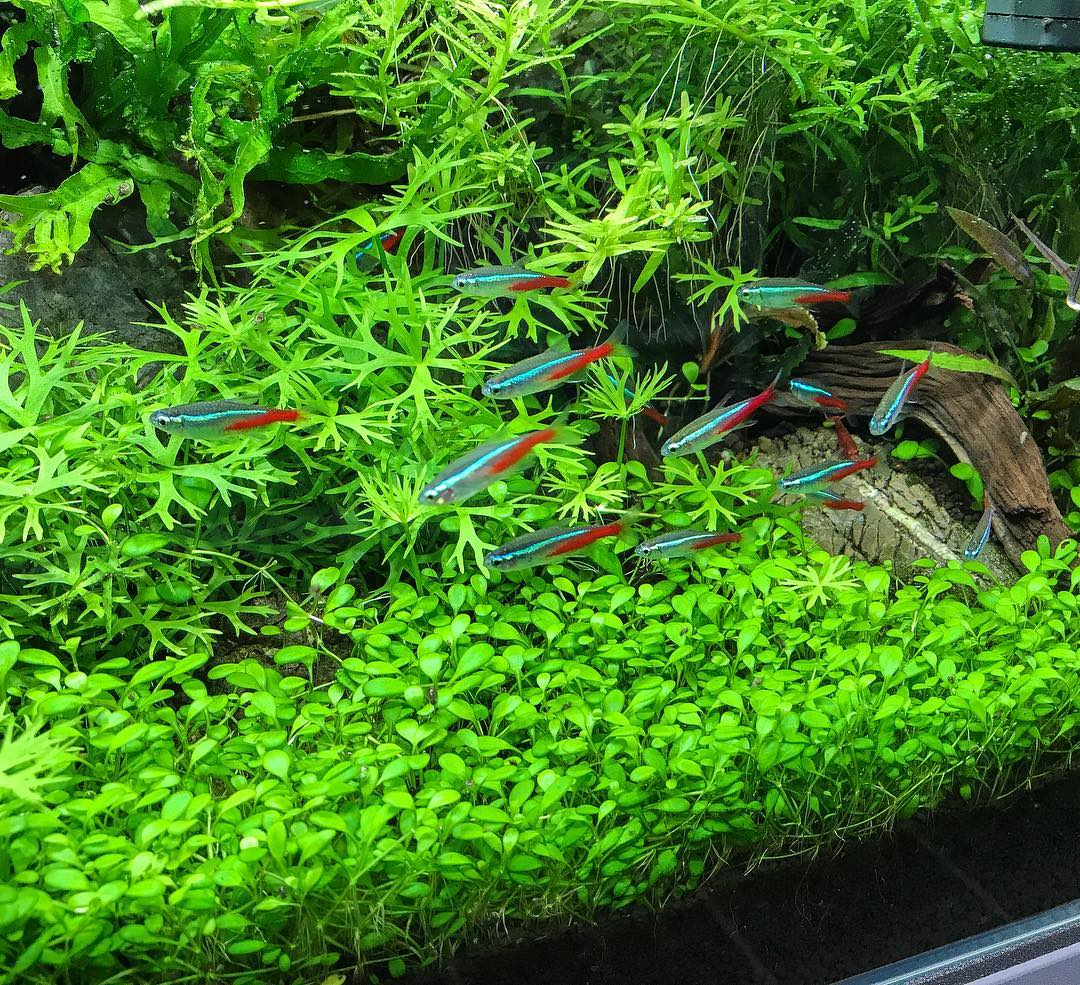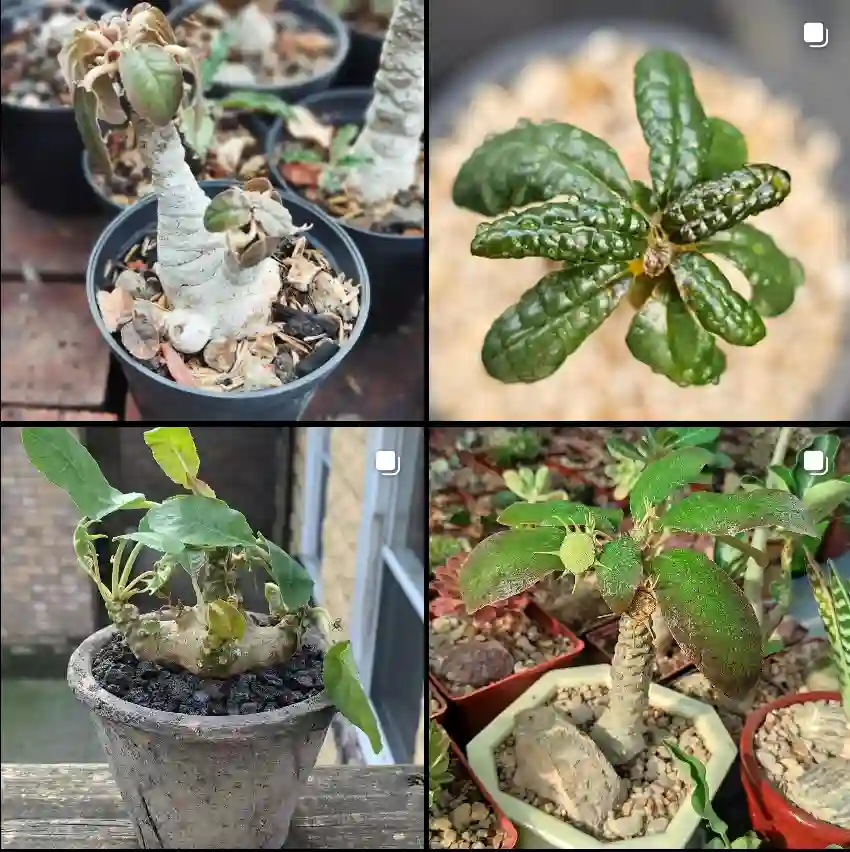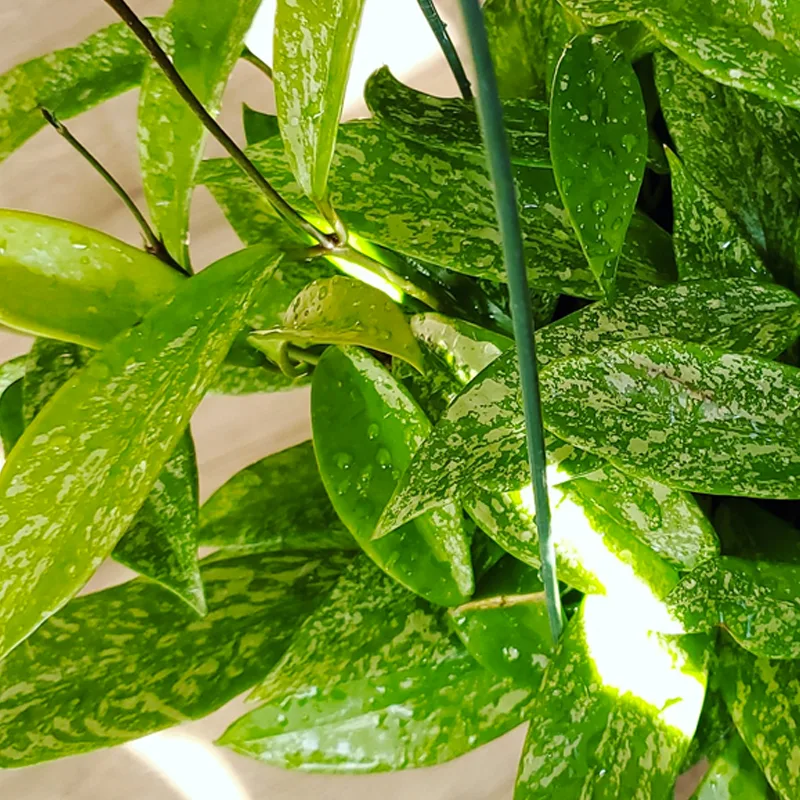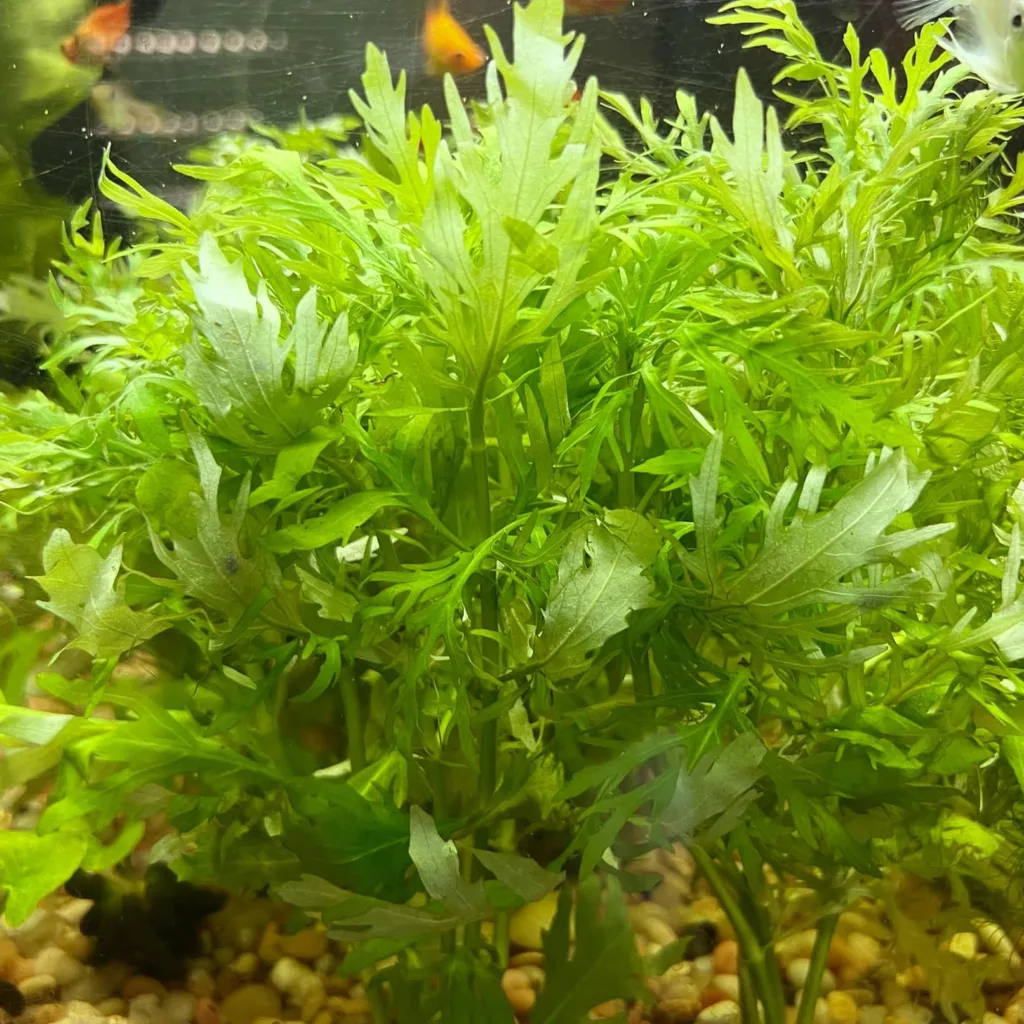FAQs About Lepidium Ruderale
Lepidium Ruderale, also known as “narrow-leaf pepperwort”, is a fascinating plant that has drawn my attention for its unique characteristics and adaptability. In this article, I’ll address some common questions about Lepidium Ruderale, touching on care, propagation, benefits, and its place in the garden.
264 Species in Genus Lepidium
What Is Lepidium Ruderale?
Lepidium Ruderale, often referred to as “narrow-leaf pepperwort” or “roadside pepperweed,” belongs to the mustard family, Brassicaceae. This annual plant is native to Europe and parts of Asia, though it has spread to various parts of the world, especially in disturbed areas like roadsides, fields, and vacant lots.
It grows to about 30-60 cm tall, with narrow, lance-shaped leaves and small, white flowers that bloom from spring to summer. The plant has a peppery flavor, much like its relatives in the Lepidium genus.
How to Care for Lepidium Ruderale?
Lepidium Ruderale is one of the most low-maintenance plants I’ve come across. Here’s what I’ve found works best:
- Soil: It prefers well-draining soils but can tolerate poor or sandy soils. The plant thrives in disturbed or less fertile ground.
- Watering: This plant is drought-tolerant once established, requiring minimal watering. However, during its early stages, I make sure to keep the soil moist.
- Sunlight: Lepidium Ruderale loves full sun but can tolerate partial shade. I place it where it can receive ample sunlight for best growth.
- Fertilization: Fertilization is generally not necessary. In fact, too much fertilizer can make the plant leggy.
How to Propagate Lepidium Ruderale?
Propagating Lepidium Ruderale is easy. The plant reproduces through seeds, which are produced abundantly after flowering. I usually follow these steps for propagation:
- Collecting Seeds: After the plant flowers, it produces small seed pods. I collect them once they dry out and turn brown.
- Sowing: The seeds can be sown directly into the soil during spring. No special treatment is needed, as they germinate easily in a wide range of conditions.
- Spacing: I space the seeds about 6-8 inches apart to allow for growth.
What to Plant with Lepidium Ruderale?
When considering companion plants for Lepidium Ruderale, I prefer hardy plants that enjoy similar conditions. Here are a few options:
- Wildflowers: Since Lepidium Ruderale thrives in disturbed areas, I often plant it with native wildflowers like yarrow or poppies. They share a tolerance for poor soils and can create a natural-looking wild garden.
- Grasses: Low-maintenance grasses like fescue or blue grama pair well, adding texture and movement without outcompeting Lepidium Ruderale.
- Herbs: Since it has a peppery flavor, I like planting it near herbs such as thyme or oregano, creating a functional, edible garden.
Is Lepidium Ruderale Toxic?
Lepidium Ruderale is not toxic to humans or animals, which is one of the reasons I feel comfortable incorporating it into my garden. In fact, some people use the leaves and seeds in salads for their spicy flavor, similar to other mustard family plants.
Benefits of Lepidium Ruderale
Lepidium Ruderale offers several benefits, making it a valuable plant to grow:
- Low Maintenance: As I mentioned earlier, it’s incredibly easy to care for, requiring little attention once established.
- Pollinator-Friendly: The small, white flowers attract beneficial insects, especially bees and butterflies. I’ve noticed an increase in pollinator activity when this plant is blooming.
- Edible: While not as widely used as some other herbs, the leaves and seeds have a peppery taste and can be used in salads or as a garnish.
Common Problems with Lepidium Ruderale
Though Lepidium Ruderale is relatively problem-free, there are a few issues to be aware of:
- Overwatering: This plant dislikes overly wet soils. I avoid waterlogged areas as they can lead to root rot.
- Weedy Behavior: In some areas, Lepidium Ruderale can become invasive, particularly in disturbed soils. I make sure to keep an eye on its growth and remove excess plants if necessary.
- Pests: While generally pest-resistant, aphids can sometimes be attracted to its leaves. A simple spray of soapy water usually resolves this issue for me.
Comparing Lepidium Ruderale with Similar Species
One plant that often gets confused with Lepidium Ruderale is Lepidium Sativum, commonly known as garden cress. Here’s a quick comparison:
- Growth Habit: While Lepidium Ruderale grows in more of a wild, unmanaged way, Lepidium Sativum is often cultivated in gardens for its edible leaves.
- Edibility: Both plants are edible, but Lepidium Sativum is more widely recognized and used in cooking.
- Environment: Lepidium Ruderale thrives in disturbed or low-nutrient environments, whereas Lepidium Sativum prefers cultivated garden beds.
Is Lepidium Ruderale Invasive?
Lepidium Ruderale can sometimes behave like an invasive plant, especially in areas with poor soil or where the ground has been disturbed. I’ve noticed it spreading quickly in my garden when left unchecked. Regular monitoring and removal of excess seedlings help prevent it from overtaking other plants.
Conclusion
Lepidium Ruderale may not be a plant you find in many gardens, but I’ve enjoyed its resilience and usefulness. From its low-maintenance nature to its ability to attract pollinators, it has a lot to offer. Whether you’re looking for an interesting addition to a wild garden or simply a peppery edible, Lepidium Ruderale is worth considering.



